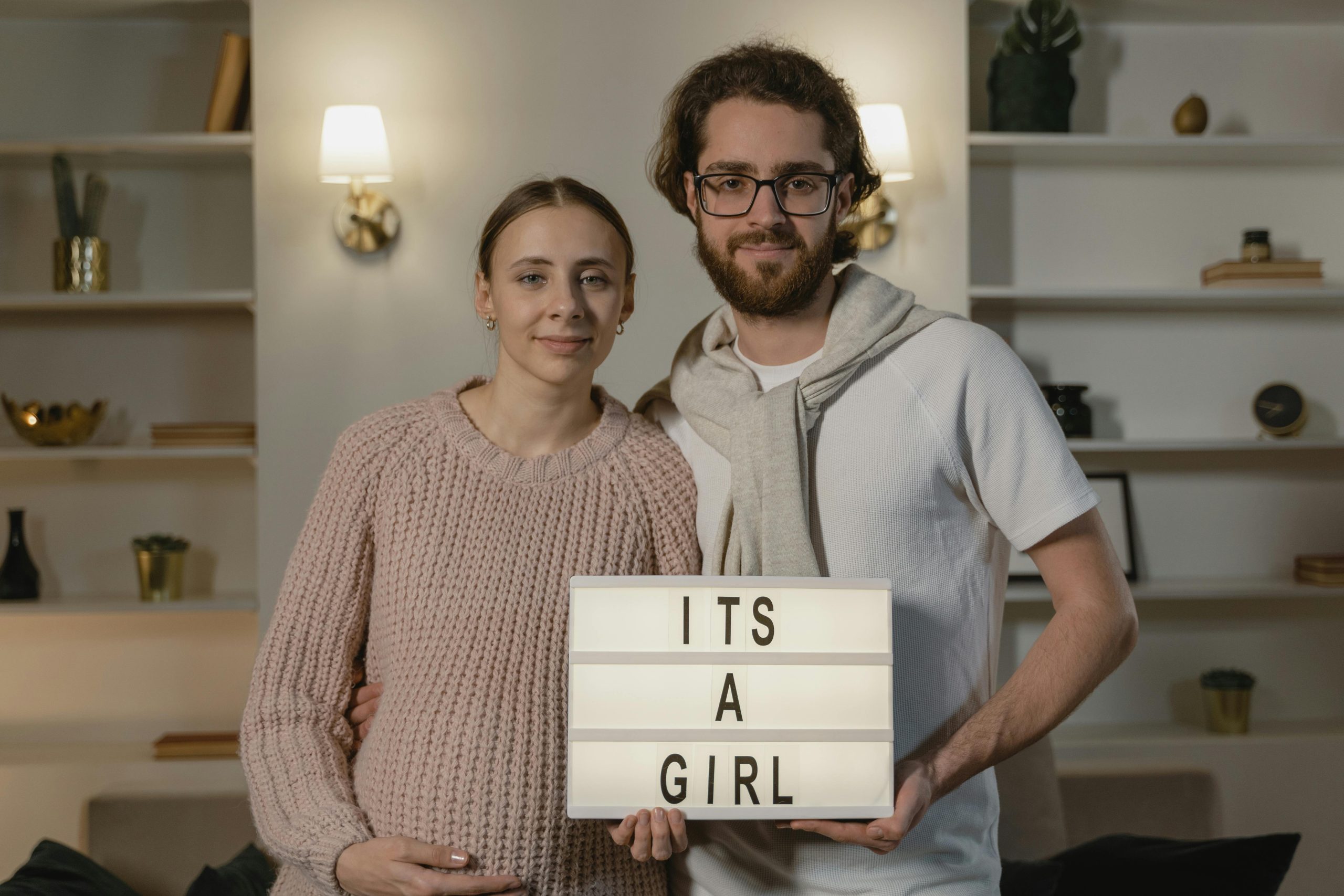To successfully sell unique vintage clothing, consider the following venues and platforms:
Vintage Markets and Fairs: Participate in well-known events like the ‘Vintage Market’ in Brick Lane or the ‘London Vintage Fashion Fair’. These locations attract vintage enthusiasts and provide a vibrant market for your pieces.
Consignment Shops: Partner with shops that specialize in vintage clothing. Stores like ‘Rokit’, ‘Beyond Retro’, or ‘What the Butler Wore’ are excellent places to showcase and sell your garments.
Pop-Up Shops: Host pop-up events in shopping hubs or within larger stores. This can generate attention and enable you to engage directly with potential buyers.
Online Marketplaces: Utilize platforms like Etsy or Depop, which are known for vintage and unique items. This expands your reach beyond local markets.
Social Media Platforms: Instagram and Pinterest can be powerful for visual storytelling. Showcase your pieces through high-quality photos and build a following around your vintage brand.
Fashion Shows and Events: Organize or participate in local fashion events that focus on vintage clothing, creating opportunities to display your collection to a broader audience.
Collaborations with Influencers: Partner with fashion influencers who appreciate vintage styles to help promote and lend credibility to your brand.
These strategies will help you tap into networks of vintage lovers and potentially increase your sales.

Great post! I appreciate the comprehensive overview of locations and platforms for selling vintage apparel. I’d like to add another angle to the discussion—consider the ever-growing trend of sustainability and ethical fashion. Vintage clothing not only caters to a niche market of fashion enthusiasts but also appeals to environmentally conscious consumers.
In addition to the venues you’ve mentioned, creating a strong narrative around the sustainability aspect of vintage clothing can be quite compelling. For instance, hosting workshops at eco-conscious events or collaborating with organizations focused on sustainability in fashion can attract customers who value a reduced environmental footprint.
Furthermore, integrating storytelling about the history of your pieces can create a deeper emotional connection with buyers. Sharing the journey of the clothing, from its past to how it can fit into modern wardrobes, can enhance customer engagement and loyalty.
Finally, leveraging platforms like Vinted or Poshmark, which are gaining popularity for reselling fashion sustainably, could broaden your market reach even further. Best of luck with your vintage endeavors!
Insightful Tips from a London Vintage Aficionado
As a resident of London and a vintage clothing enthusiast, I’d like to add a few more suggestions to your excellent list for selling distinctive vintage apparel:
By incorporating these strategies, you can deepen your connection with the local community and